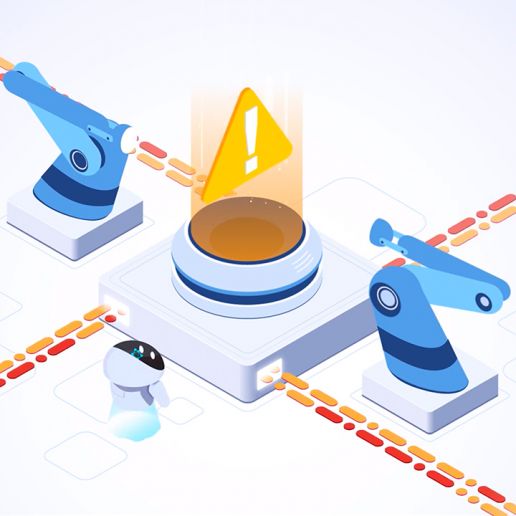

As loyalty programs grow in popularity and scale, so do scammers. Loyalty Fraud Detection targets suspicious behavior and detects anomalies to prevent an array of fraud techniques. Whether you allow point payments or process large volumes of data, Loyalty fraud Prevention is designed to keep both you and your customers safe.
The applied Machine Learning solutions automatically juxtapose both new and existing loyalty accounts and learn to reproduce typical behavior. These solutions analyze the frequency of customers’ activity, their buying patterns, and many other aspects based on historical data. This allows you to verify if new transactions match the trained model to detect transactional anomalies resulting from some kind of fraudulent activity.
Once a fraudulent account or a sequence of suspicious transactions is detected, Comarch Loyalty Management will perform a variety of configurable actions to address a given problem. Depending on the configuration, it is possible to reject a suspicious transaction, store it, block the originating account, create a case for a manual review at the Contact Center, and more.
There are countless types of loyalty fraud, and transaction monitoring addresses just a few of them. To achieve a significant advantage over the fraudsters, our solution analyzes data from the entire loyalty platform ecosystem. Searching for anomalies and suspicious customer behavior, it investigates system logs, API facades, program-wide statistics, surrounding meta-data, and program logic configuration.
Not only does our solution detect and prevent fraudulent activity, it helps you identify sub-optimal program configuration. Contradicting business rules and loopholes within the system’s logic may result in an uncontrolled accumulation of points or unauthorized redemptions, but can be identified with this solution. It also aids in the creation of strict security policies and T&Cs of large-scale loyalty programs.
Our solution can be configured to produce a metric called “the fraud score,” as an output of an ensemble classification model that powers the loyalty fraud detection module. The system also allows you to configure the “fraud score” thresholds that indicate the typical or atypical type of behavior of a given member.
Comarch’s loyalty fraud detection module guarantees that any newly detected behavior vastly different from the trained model will be detected and stopped before any damage is done. If there are ways to commit fraud that have not been detected in the past, our module will find and prevent them in real-time. Stay a step ahead of the fraudsters with this data-driven proactive security measure.



A deep autoencoder is a type of artificial neural network trained to compress and autonomically reconstruct the input. The worse the autoencoder reconstruction, the more likely it is that an analyzed instance is an anomaly or a potentially fraudulent activity. These networks allow for an unsupervised learning process, where no historical fraud instances are necessary to create a useful fraud detection model. If they do exist, however, the provided data may positively impact the overall reliability of the model.
Reinforcement Learning (RL) is an area of Machine Learning in which technology is used to allow for the creation of semi-autonomous models attempting to find the most optimal way to achieve a given goal. It was incorporated into our solution as a collection of methods for testing the loyalty business rules and looking for potential loopholes and vulnerabilities.
Clustering methods group member accounts with similar histories of interactions. This includes models like DB-Scan, kNN, GMM, etc. Detected groups are then used as an input to the ensemble classification model. Clustering boosts the overall reliability of the fraud detection module and reduces the number of false positives as the neural network training process operates on a smaller and more consistent dataset.

Tell us about your business needs. We will find the perfect product.




















